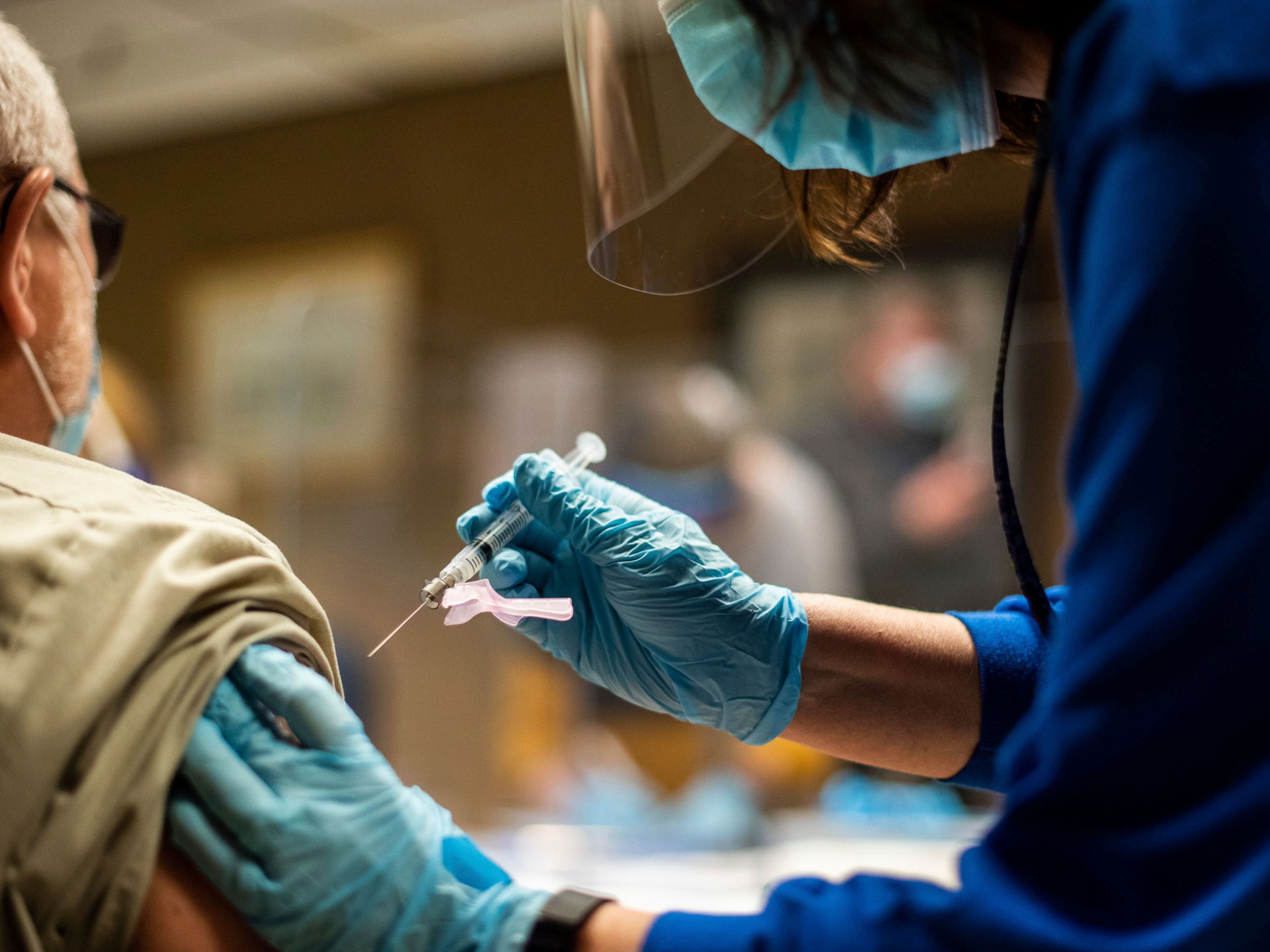The US has authorised updated COVID vaccines that target a recently circulating Omicron variant.
The United States Food and Drug Administration (FDA) has approved updated COVID-19 vaccines, hoping to increase protection against the latest coronavirus strains and blunt any surge in the upcoming autumn and winter seasons in the northern hemisphere.
Here is what you need to know about the vaccines and their effectiveness:
Why do we have more COVID-19 vaccines?
The evolving coronavirus is not going away. Similar to how flu shots are updated each year, the FDA has told COVID vaccine manufacturers what the focus should be.
The updated vaccine shots had a single target: an Omicron descendant named XBB.1.5.
It is a big change as the vaccines offered since last year are combination shots targeting the original coronavirus strain and its Omicron variant detected much before the XBB.1.5, making them very outdated.
The FDA has approved the new vaccines by Pfizer and Moderna, while the Novarax version is still under review.
The authorisation also follows a recent rise in cases that came at a time when the new EG.5 subvariant of Omicron – nicknamed Eris – has begun to spread rapidly in the US and other countries.
Scientists have also raised concerns about the highly mutated BA.2.86 subvariant that has been detected in several countries.
When will the new COVID vaccines be available?
Pfizer and Moderna said their updated vaccines were expected to be available for most people in the US in the coming days.
An endorsement by Centers for Disease Control and Prevention (CDC) Director Mandy Cohen, expected in the coming days, should clear the way for the new shots. Cohen has said she expects the shots to roll out in September.
Who should get the new coronavirus vaccine?
The FDA has approved the shots for people ages 12 and above and authorised them for emergency use in children ages six months to 11 years.
Today, we took action approving & authorizing for emergency use updated COVID-19 vaccines formulated to more closely target currently circulating variants & to provide better protection against serious consequences of COVID. Here’s what you need to know: https://t.co/A7JIDLBZNG pic.twitter.com/q1M0NerFUS
— U.S. FDA (@US_FDA) September 11, 2023
Will they be effective enough?
Health officials are optimistic, barring a new virus mutation.
The XBB.1.5 variant has faded away in the months it took to tweak the vaccine. Today, there is a mix of different variants causing illness, and the most common ones are fairly close relatives.
Recent lab testing from vaccine makers and other research groups suggests the updated shots will offer crossover protection.
Earlier vaccinations or infections have continued to help prevent severe disease and death, but protection wanes over time, especially against milder infections, as the virus continually evolves.
Like earlier versions, they are expected to be most protective against COVID’s worst consequences rather than mild infection.
Can you get flu and COVID-19 shots at the same time?
Yes. The CDC says there is no difference in effectiveness or side effects if people get the shots simultaneously, although one in each arm might be more comfortable.
The CDC urges an annual flu shot for pretty much everyone aged six months and above.
